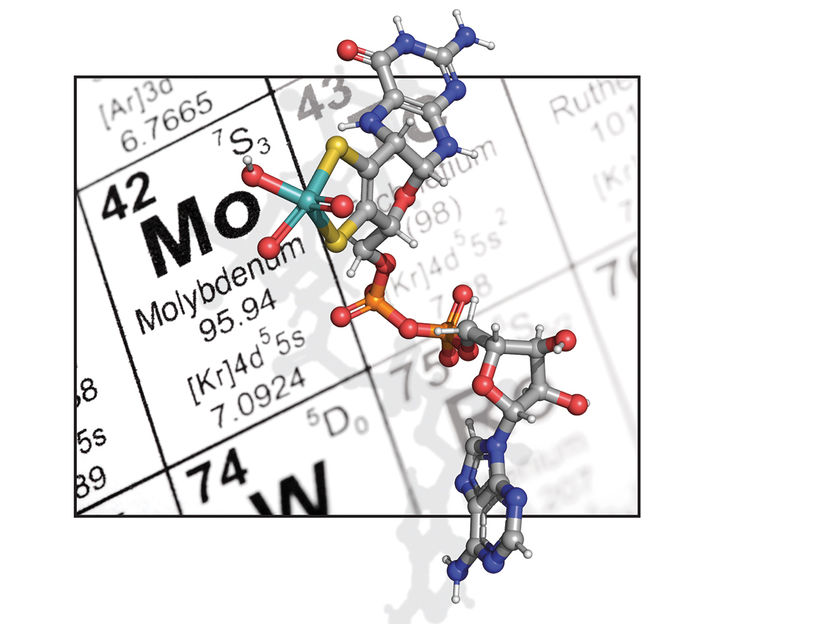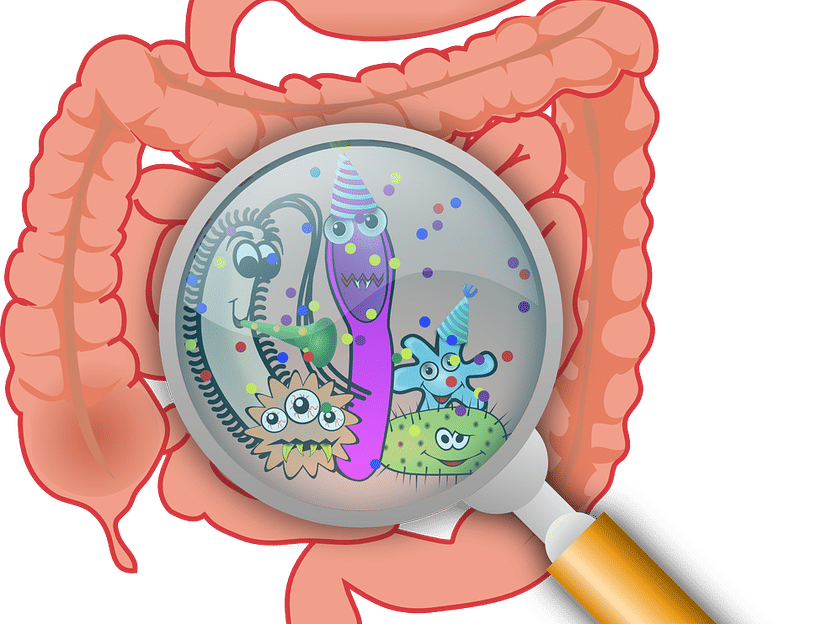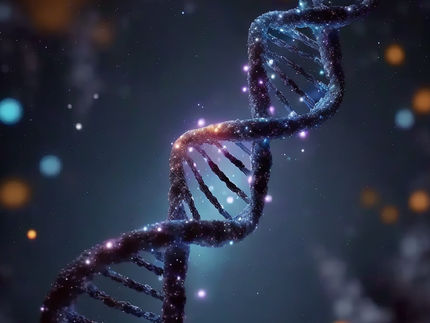Lice genomes: Pieces of a new puzzle
New research indicates that lice may actually be quite unique in the animal world. In a study published in Genome Research, scientists have analyzed the mitochondrial genome of the human body louse and discovered that it is fragmented into many pieces – a remarkable finding in animals that will surely spark discussion about how it evolved and what advantages it might confer.
The lice that plague humans (head lice, body lice, and pubic lice) fall into the category of “sucking lice,” feeding on the blood of the host. Scientists have recently sequenced the genome of one of these sucking lice, the body louse (Pediculus humanus). With the louse genetic code mapped, researchers will be able to develop new strategies for treatment and prevention of infestation. Importantly, these sequencing efforts also included the P. humanus mitochondrial genome (mtDNA), and detailed analysis has revealed how genetically extreme these creatures are.
In this study, scientists from of the University of Queensland and the J. Craig Venter Institute found that in stark contrast to the single circular mitochondrial chromosome typical of most animals, the human body louse has evolved a set of 18 “minichromosomes.” While multiple mitochondrial minichromosomes have been previously described in plants and protists, this is the first report of an animal adopting a highly fragmented mtDNA structure.
The group also looked at mtDNA structure in other sucking lice, including human head and pubic lice, as well as sucking lice that infest other primates, and found that the mtDNA of these lice is also fragmented. Interestingly, they report that “chewing lice,” closely related lice that feed on the hair or feathers of other animals, do not have fragmented mtDNA chromosomes, suggesting that multiple minichromosomes may have coevolved with blood feeding.
Dr. David Rand of Brown University, a mitochondrial DNA evolution expert, said this exciting discovery raises new questions in the field. “Why is it restricted to this lineage? Why don’t we see transitional stages of this organization in related lice?” Rand also asked whether fragmented minichromosomes has implications for gene regulation. “Does this organization provide an advantage for more control over individual gene expression in mitochondrial genomes?”
Rand noted that this work and the intriguing questions raised will motivate researchers to take advantage of new technologies to investigate the mtDNA structure of other animals. “As new sequencing tools allow researchers to move away from single-gene studies to whole genome analyses of mtDNA, we may see that the sucking lice story is more common than we expected.”
Original publication: Shao, R., Kirkness, E.F., and Barker, S.C.; "The single mitochondrial chromosome typical of animals has evolved into 18 minichromosomes in the human body louse, Pediculus humanus."; Genome Res. 2009.
Organizations
Other news from the department science

Get the life science industry in your inbox
By submitting this form you agree that LUMITOS AG will send you the newsletter(s) selected above by email. Your data will not be passed on to third parties. Your data will be stored and processed in accordance with our data protection regulations. LUMITOS may contact you by email for the purpose of advertising or market and opinion surveys. You can revoke your consent at any time without giving reasons to LUMITOS AG, Ernst-Augustin-Str. 2, 12489 Berlin, Germany or by e-mail at revoke@lumitos.com with effect for the future. In addition, each email contains a link to unsubscribe from the corresponding newsletter.
More news from our other portals
Last viewed contents

Lonza and Moderna Announce Further Collaboration For Drug Substance Manufacturing of COVID-19 Vaccine Moderna in the Netherlands
DakoCytomation and ViroNovative enter licensing agreement on Human Metapneumovirus
Augustino_Viccini_Special_School

Changes in the management of Hermann Waldner GmbH & Co. KG - New management structure
African-Caribbean_Leukaemia_Trust
Dyax Corp. and CSIRO Form Joint Antibody Discovery Collaboration in Oncology
Older_Women's_League
Sigma-Aldrich and Oxford BioMedica Pursue Protection of RNAi-Related Intellectual Property; File Suit Against Open Biosystems
Small, beautiful and additive-free - Radically new microscope commercialized

Vital metal - how can molybdenum be used biologically? - Mechanism of molybdenum insertase elucidated





















































